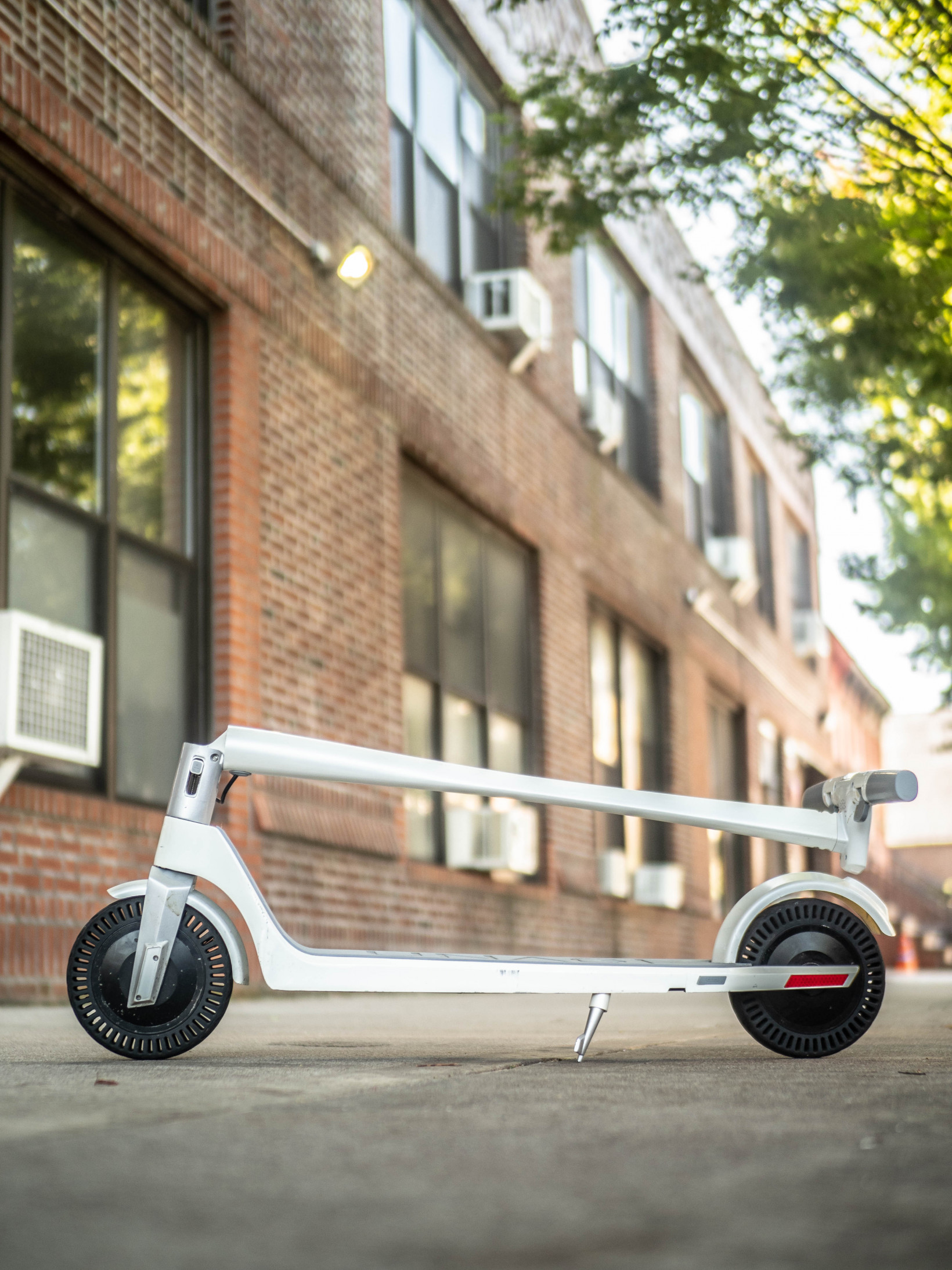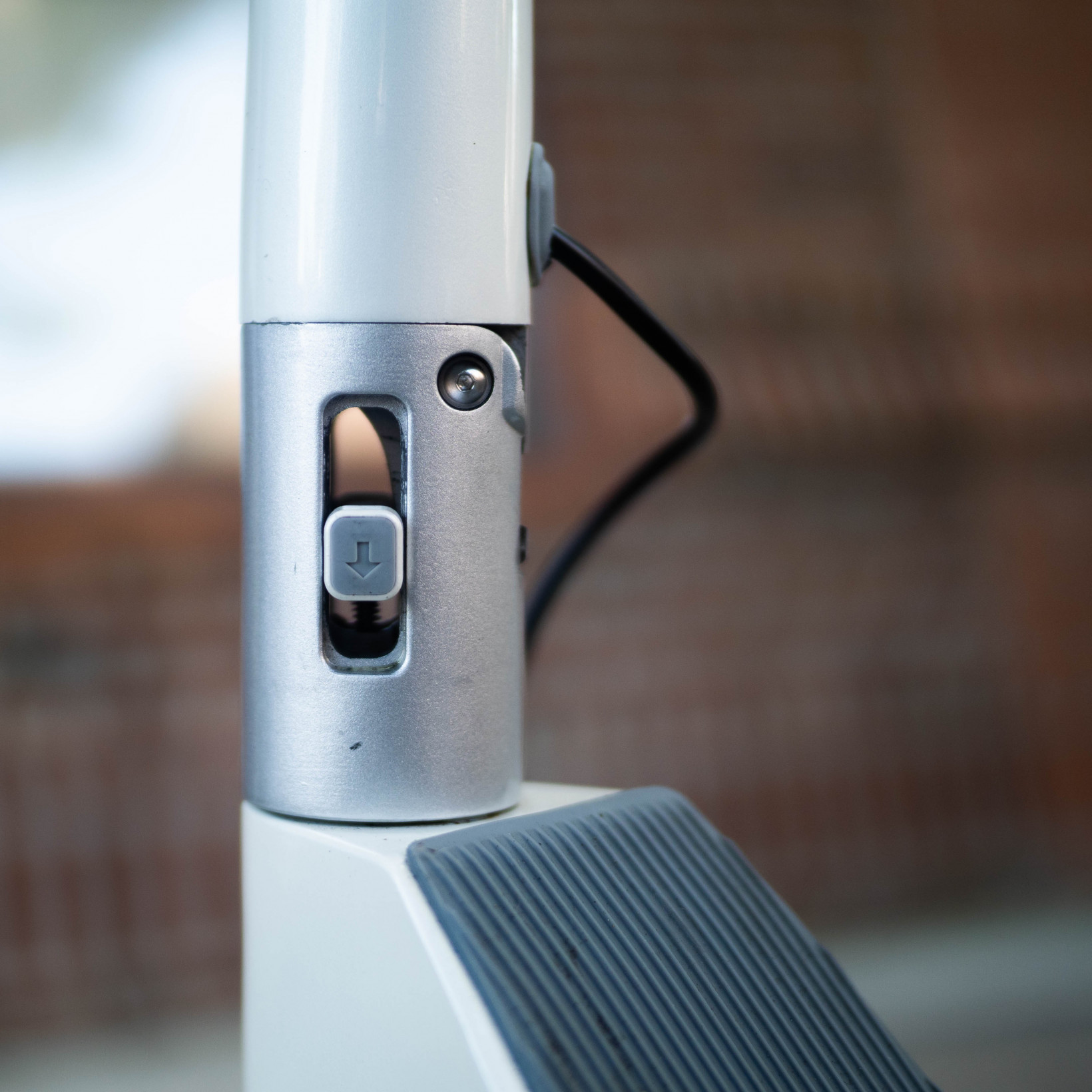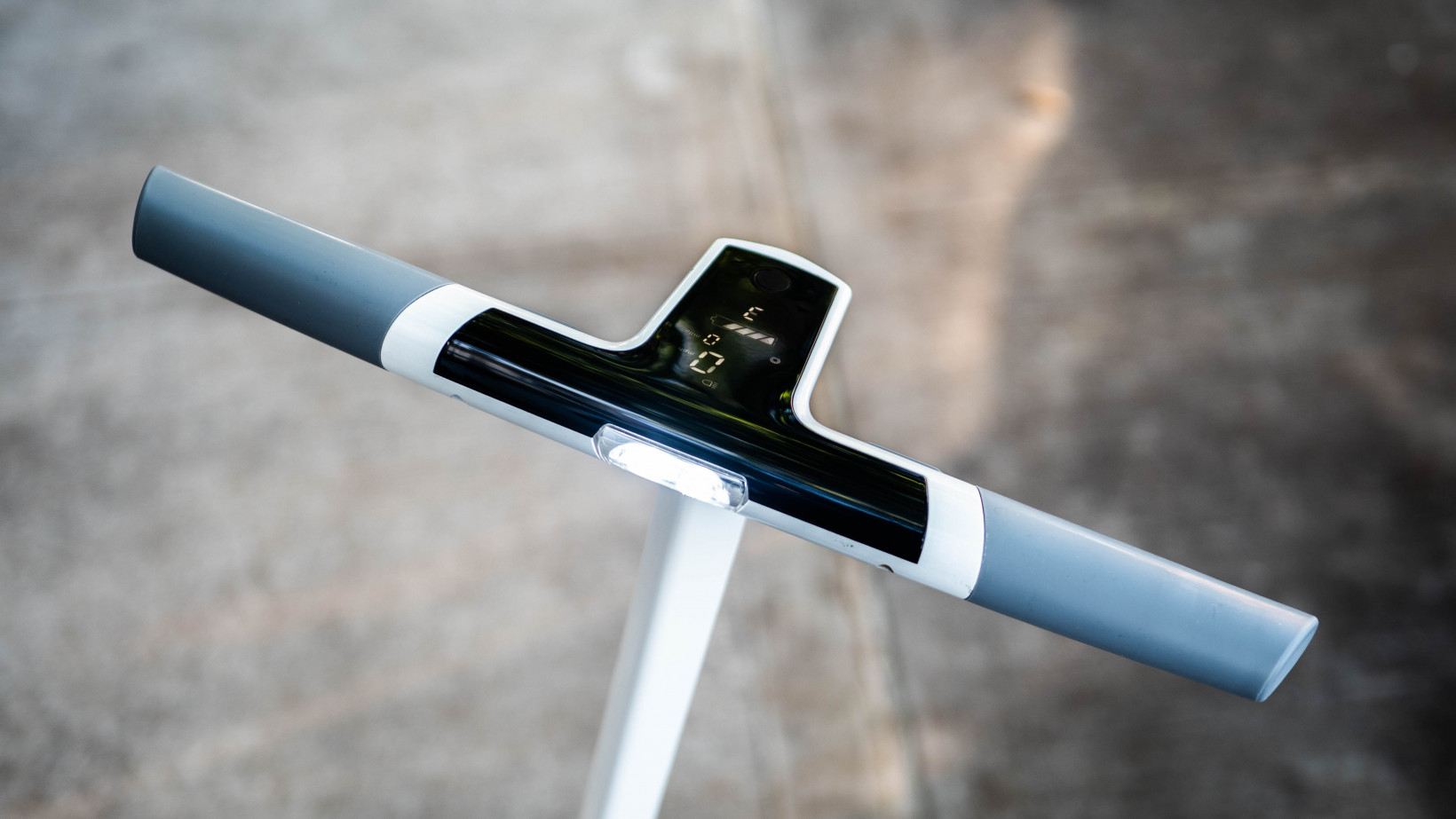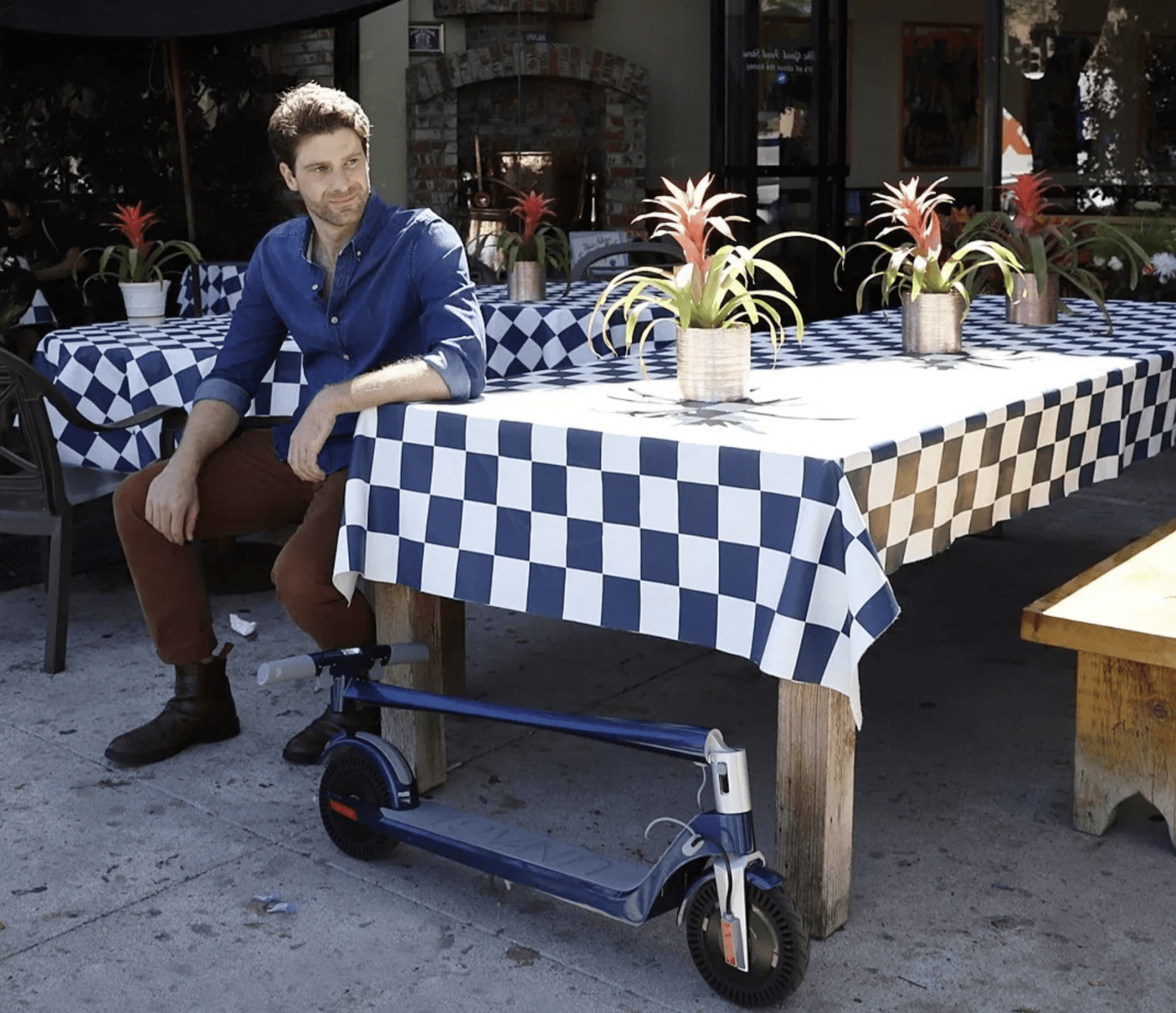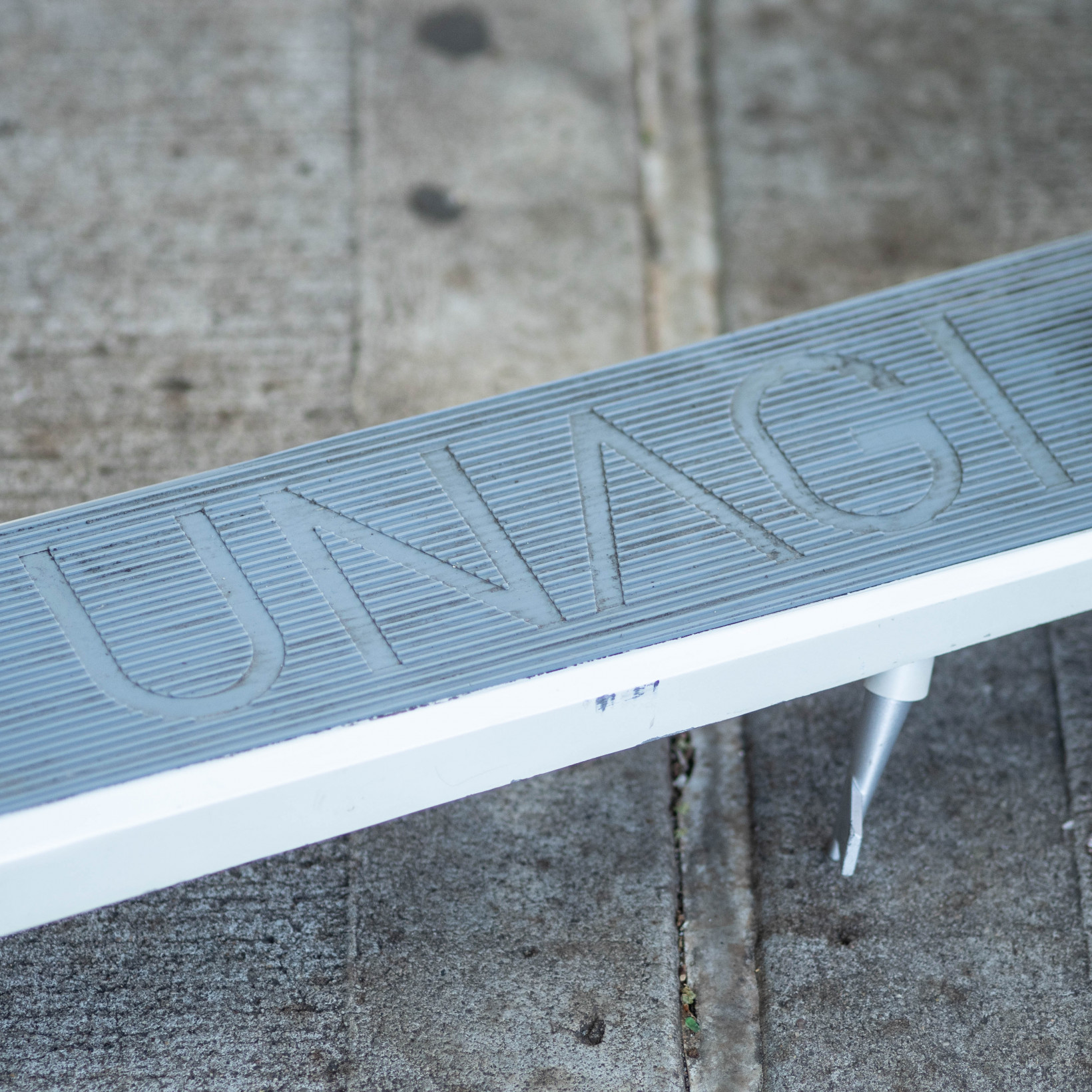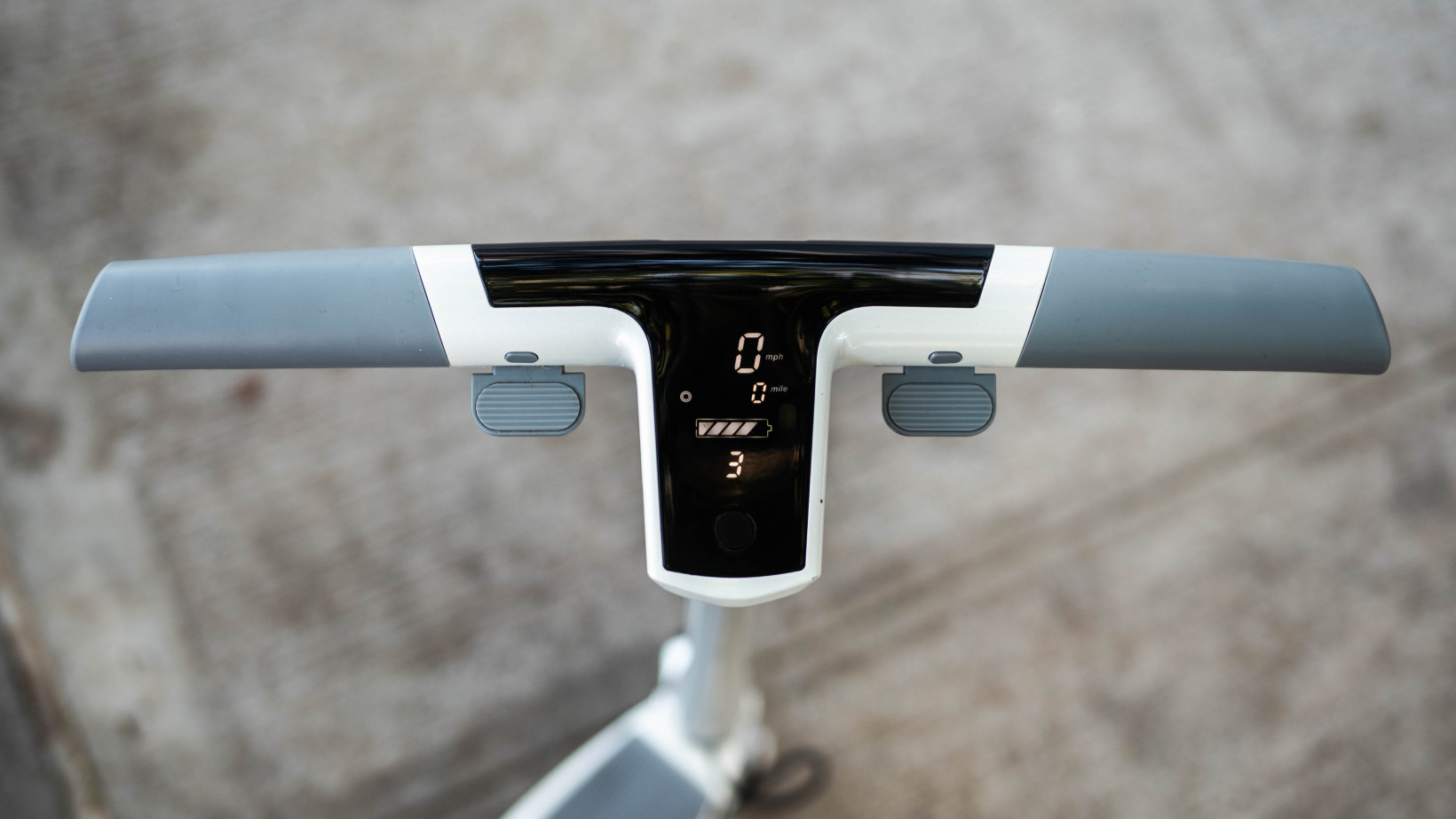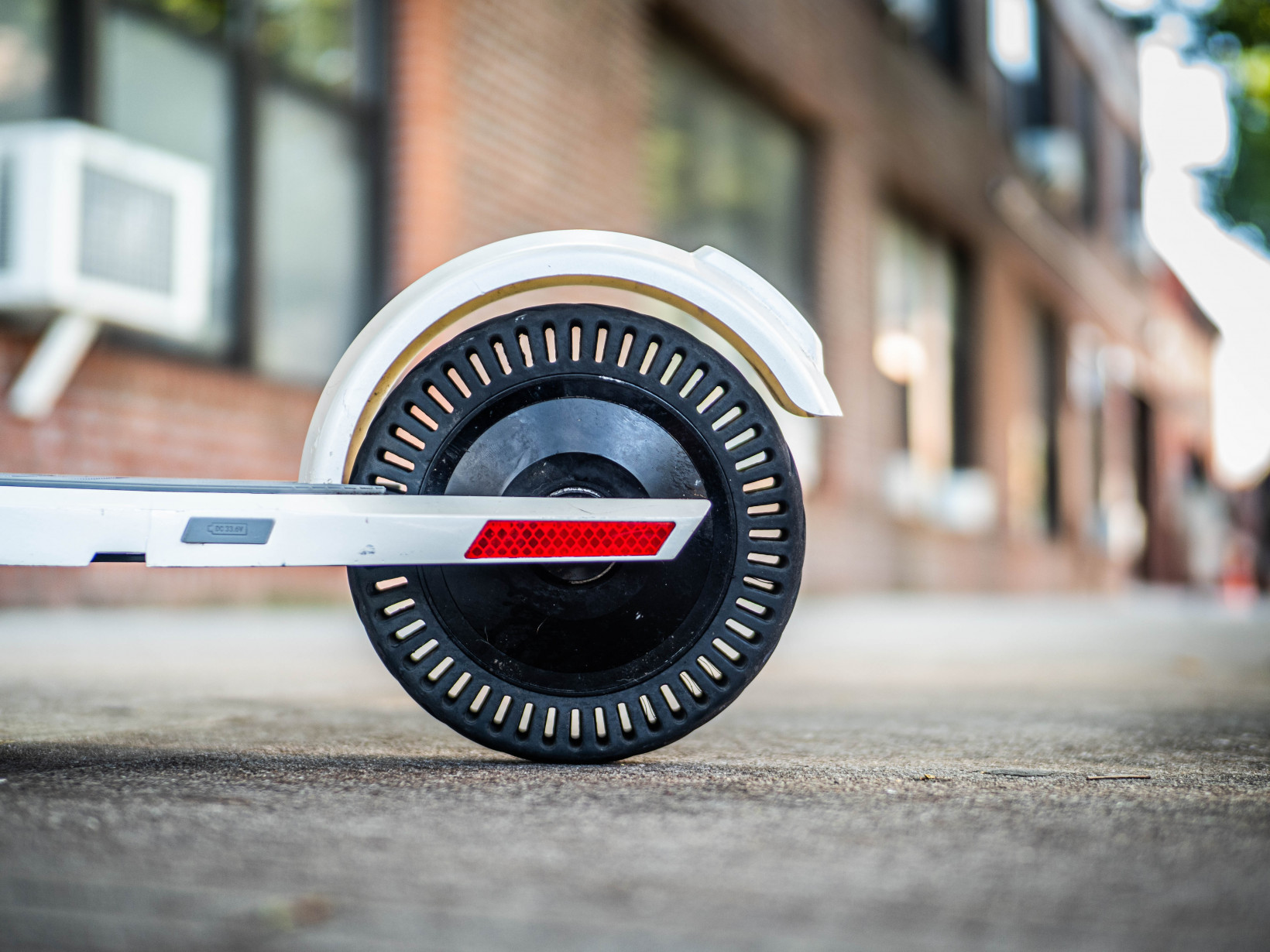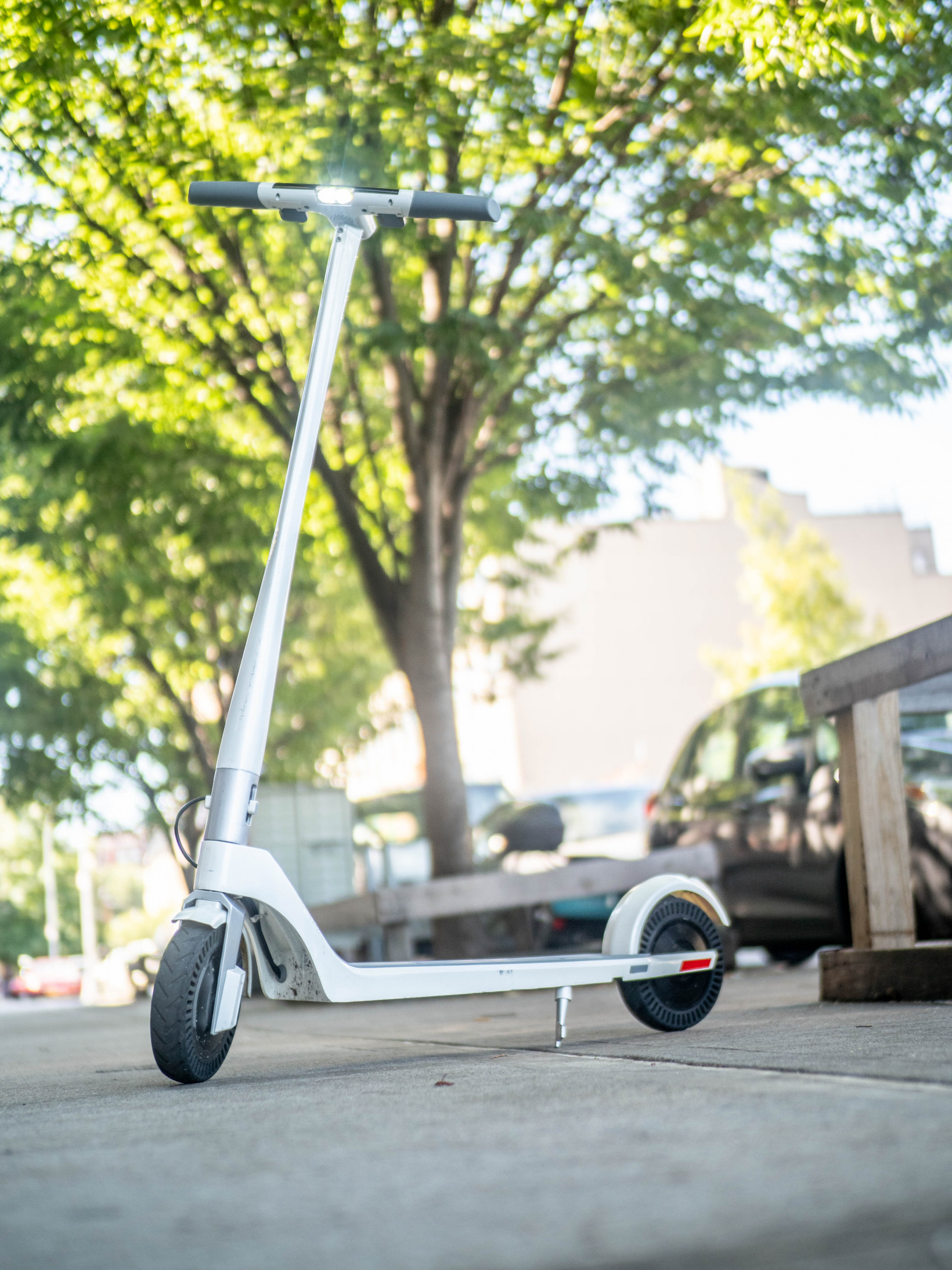This public perception is a shame, because personal scooters are a different story. They allow you to get from A to B in a compact package. They’re easy to use and can save you significant money on cabs and public transit, but are also small enough to fit in a car or train if need be. And they come in all sorts of sizes and performance levels to suit the needs of various users. The Unagi Model One sets out to be a scooter you’re proud to own. Its sleek, flowing design is like nothing else on the market — less dorky than rental scooters and less intimidating than some enthusiast scooters. It’s prompted more questions and compliments than any other personal electric vehicle I’ve tried. It feels built to last. And despite a few notable caveats, it strikes a unique balance of price, weight, size, and power that make it one of the easiest scooters to recommend.
It comes in two versions, an $840 250W single-motor model, and a $990 450W dual-motor model. I’ll admit that when Unagi offered to let me try an early version of the dual-motor version, I was skeptical. I’d never been particularly impressed by the low-end and rental e-scooters I’d tried before, and as a heavy guy (270lb/122kg), they’ve felt rather flimsy or underpowered. Not so with the Unagi. (Note: the Unagi is technically rated for 220lb/100kg, so use at a higher weight at your own risk). I got to try the higher-end configuration with dual motors and 450W of power. We’ll get to its scooting performance in a bit, but unboxing the scooter makes it immediately clear it’s put together with care. The first thing you notice: it’s really pretty. Aesthetics are subjective and all, but I’ll be darned if the Unagi isn’t at least trying to be the best-looking scooter on the market. I like my white model, but I find the metallic blue particularly snazzy. More importantly, its design and build quality are on a different level from most of the scooters I’ve tried. There are no exposed screws other than the ones used to attach the handlebar (the single step in the assembly process) and the ones below the base. Despite my being well over the scooter’s weight limit, and despite the fact the 450W Model One only weighs 24 lb/11kg (most scooters in this price range cross the 40lb/18kg mark) it never felt like it would give or break over several hundred miles. Unagi has made several commendable design choices. First is a folding mechanism that is easily the best on any scooter I’ve yet tried. Simply pull down on a latch at the bottom of the stem and fold. It takes all of 3 seconds to do, and I really appreciate that speed when popping into a store for a quick errand or folding it before getting on the subway. Despite its simplicity, the stem has less play than some other high-end scooter designs, such as that on the WideWheel and Mantis sold by FluidFreeRide. That said, during my first few days with the scooter, it sometimes became stuck in the folded position. Thankfully, I haven’t had a problem after a quick spray of WD-40. You wouldn’t be able to tell from the seamless paint job, but that stem also happens to be made carbon fiber. This helps reduce weight, but it allows the stem to taper into a thin center without compromising durability. Aesthetics aside, it makes for a comfier grip when picking up the scooter with one hand. Other scooters of similar weight tend to have thicker stems that make them uncomfortable to carry for long stretches.
Then there are the aluminum-and-rubber handlebars. I somewhat lament the fact the handlebars don’t fold (I’ve hit my shin on them a couple of times when I’ve left the scooter in my hallway), but it also means they feel extremely solid. I can confidently drape a 20 pounds of groceries over them, and there’s not the slightest hint of flex while riding. Between the handlebars, you’ll find a nice big, seamlessly integrated display with all the information you need – much classier than the external panels you find on other scooters. With a combination of a few button presses, you can switch between speed mode or turn the dual motor off to save battery. As a pleasant surprise, the headlight is bright enough to actually be useful for riding at night (this is not the case with many scooters, which have lights that are only bright enough to be seen). There are a couple of areas of the build that could be a potential cause for concern though. For one, I appreciate that the scooter comes with reflective stickers – which I’ve not seen elsewhere, but two of them have already fallen off. I’d like to see them better integrated into the frame. More pressingly, my early unit had a plastic rear fender that feels at odds with all the metal and carbon fiber used elsewhere. I say ‘had’ because as I was taking product photos for this review, my pants snagged on the rear fender, I tripped, and the fender snapped off. However, as can be seen in the image above, Unagi has been shipping an updated model with a fender that doubles as a footbrake to back up the electronic brakes. This version would presumably be more durable since it’s actually meant to be used regularly, but I can’t be sure without testing it myself. Oh, and one more complaint: The horn is absolutely annoying. It’s like the ungodly beep your microwave makes, only a sustained sound that’s 10 times louder. Worse, it seems to just startle people rather than get them to actually move out the way. I’d much prefer a regular bell or horn. Okay, but how good is it as at actually getting you around town? That depends on how you plan to use it. If you plan to take the Unagi for short trips and/or are a multimodal commuter – that is, you plan to combine the Unagi with public transit or a car – it’s hard to find a better combination of weight, size, power, and price. There are a handful of other scooters capable of outputting ~500W that weight less than 30lb, but none I’m aware of with dual motors (which tend to provide better traction and hill-climbing) — and none that look this good. When carrying my camera bag, a heavy-duty U-lock, and some groceries, I’ve loaded the scooter well over its rated weight limit, but it still managed to get me up to to the max speed of around 16 miles per hour on flat terrain. It also had enough power to pull me up slight hills at lower speeds. Granted, it takes me a few seconds to reach that top speed, and if you compare it against the similarly-priced but overpowered WideWheel (1000W), the Unagi will feel positively wimpy. But my benchmark is whether I can keep up with cyclists in the bike lane, and on average, I stayed ahead of them. In any case, my case is an extreme one. If you weigh less and aren’t a speed demon, the Unagi should have more than enough power for everyday city commuting. With some lighter riders who tried the scooter, it was positively zippy. But it’s not just about raw acceleration – it’s about control over acceleration. The Unagi has the smoothest, silkiest throttles and brakes of any scooter or bike I’ve tried.
Other scooters seem to have discrete steps in their acceleration curves. Anything above a light touch might send you into warp speed; these throttles are best described as ‘jerky.’ The Unagi’s acceleration, on the other hand, gives me precise control. Notably, I can scoot alongside pedestrian friends on the sidewalk and regulate my speed almost as easily as if I were walking myself. Even in the maximum power mode, the throttle is sensitive enough to account for small changes in walking pace. It’s a small detail, but it lends a sense of quality and control I seldom find elsewhere. It makes the Unagi a pleasure to ride in bike lanes and one of the only scooters I feel comfortable riding on sidewalks with low foot traffic (at a slow pace, of course). When the bike lanes disappear, the experience is less reassuring. There’s no getting around it: small, thin, airless tires without proper suspension place you at a greater risk than a plushier ride. The Unagi’s wheels do provide a bit of cushioning thanks to their unique airless design, but you have to be more vigilant than with a bike or a scooter with better suspension. You’ll want to swerve around every pothole or large bit of debris. The scooter’s body feels like it can handle it the bumps, especially given the electronically limited top speed, but makes for a rough ride on unkempt roads. And more importantly, you don’t want to lose traction when riding alongside giant metal death machines, AKA cars. Don’t get me wrong – I’ve done hundreds of miles with the Unagi on rough NYC pavement without incident. I’ve passed through a few surprise potholes and emerged unscathed. And I appreciate the Unagi’s low-maintenance design and never having to worry about flats. If I hadn’t tried scooters with better cushioning, I might not have minded. But for long, scooter-only trips, there are simply better options. For comparison, the similarly-priced WideWheel also has airless tires, but its chunky wheels and dual suspension make for a safer-feeling ride on the streets. The Mantis, which has super-fluffy suspension and 10-inch air-filled tires, is in a completely different class of ride comfort – nearly as stable as and more comfortable than some bikes. So maybe it’s a good thing the Unagi isn’t a range champion. Unagi claims up to 15.5 miles of range, a figure likely tested under controlled conditions with a lightweight rider. My range was about 7-9 nine miles, which is actually better than I expected given my weight and riding habits. Since the battery charges in about four hours, you can easily top it off at work. And as a bonus, the Unagi’s minimal weight and fairly low base height make it easier to actually kick than bigger scooters should the battery run out on during your last few blocks. Nonetheless, it’s not meant for marathon commutes. Instead, the Unagi excels at short trips around the neighborhood and multimodal commutes. It’s a fantastic last-mile solution to complement existing public transportation infrastructure. I reckon it’s one of the easiest scooters to carry with one hand. It fits under a subway seat and can be rolled around vertically for a smaller footprint when standing. It fits in the cargo space of every car I’ve tried, even a Smart ForTwo. And because it’s so compact, I can bring it with me inside most venues without being obnoxious; I prefer to lock up larger scooters outside. That saves me precious time for short trips, as I don’t have to look for a decent spot to lock up in theft-prone NYC and remember to bring my U-lock. And it means I end up running a lot of small errands I might have otherwise procrastinated. It’s had the effect of making my neighborhood feel bigger – the area within which I run my everyday errands has expanded from a few blocks to a couple of miles.
Perhaps the best thing I can say about the Unagi Model One is this: I’m lucky enough to have multiple e-scooters and e-bikes at home by virtue of my job, but I probably end up picking leaving on the Unagi more often than anything else. Granted, I don’t have an everyday work commute. When I plan to scoot for the entirety of a lengthy trip, I’ll pick something beefy with dual suspension, like the aforementioned Mantis. I’d love to see an Unagi Model Two with suspension and a bigger battery down the road – even if it were 10 pounds heavier, it’d still be lighter than most of the competition. But as things stand, when I just need to run quick errands to the supermarket or pet store, it’s the Unagi I take with me. If my trip involves a subway leg, I pick the Unagi. If I need to pick up a carshare vehicle, I ride there on the Unagi. If I need to go up a few flights of stairs… you get the picture. At $990 for the dual-motor version – the only one I’d recommend – the Unagi is pricey, but it does a lot to justify that price. You can get a scooter with more power and/or suspension for similar money, but you aren’t going to find this combination of power, weight, and design anywhere else. The beauty is more than skin deep.
